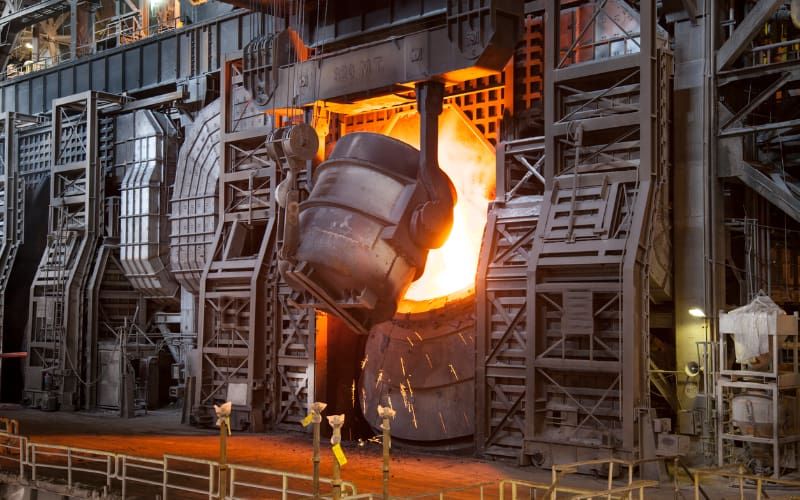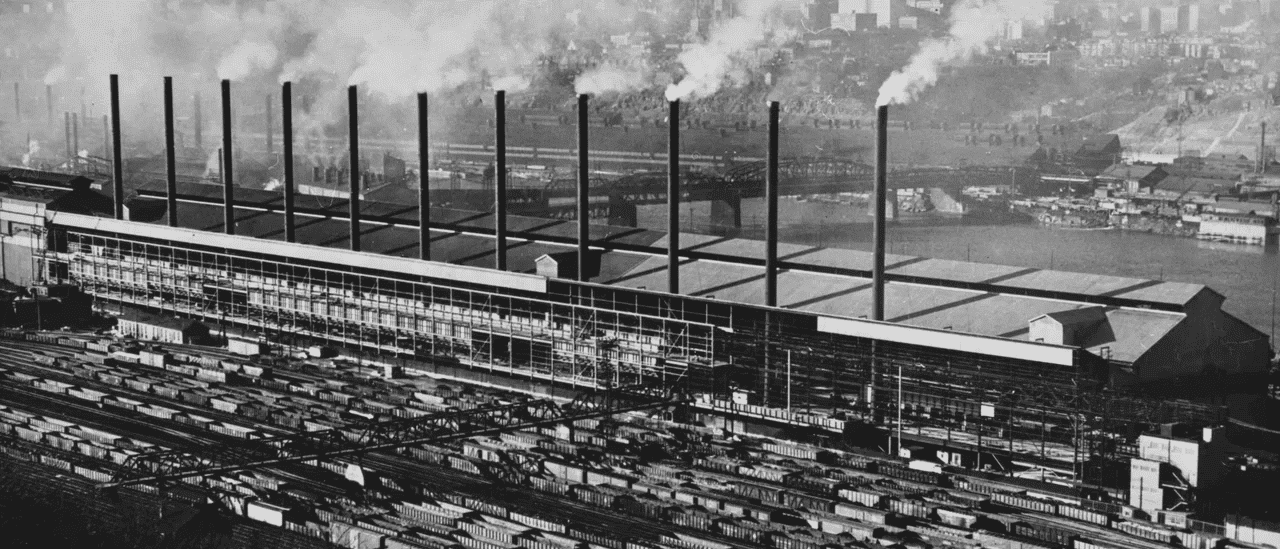
Bessemer realised that he could improve the process by blowing air through the molten steel. This would burn the impurities and make it easier to produce. This new technology increased the quality of steel and its production and was essential for the industrial revolution.
Before the invention of this method, steel was too expensive to use in large quantities. It cost PS40 per long ton, compared to the price of wrought iron which was around PS7.
Bessemer’s converter
The Bessemer process was a major advance in steel production, enabling it to be made more cheaply and in greater quantities than ever before. Before this development, steel was expensive and produced in a labor-intensive way. Bessemer’s process reduced the cost of steel to less than $40 per ton, making it an affordable material for the construction industry and other industries that required heavy machinery.
Bessemer’s invention was based on a method of blowing air through molten iron. This oxidation process removed impurities and raised the temperature of the molten iron, allowing it to be poured into molds. This process had been used in Asia for centuries, but Bessemer was the first to bring it to industrial scales. Bessemer’s invention led to a revolution in manufacturing, and it contributed to the growth of skyscrapers and railroads.
The Bessemer converter was a cylindrical steel vessel that held molten iron. It was lined with a siliceous refractory, and air was blown in through openings called tuyeres. The hot molten iron reacted with the air to form oxides of silicon and manganese, which created slag. The slag was then removed from the converter, and the remaining molten metal was poured into moulds to make steel. The Bessemer process was improved by Robert Forester Mushet, who discovered how to remove excess oxygen from decarburized iron.
Bessemer’s furnace
Bessemer’s invention of a process for making steel made it easier and cheaper to produce in industrial quantities, revolutionising modern life. His squat, egg-shaped Bessemer converter blew air into molten iron to remove impurities and transform it into steel, allowing unskilled workers to do the work. This increased efficiency and dramatically reduced costs, opening up new opportunities in a variety of industries. The availability of affordable steel enabled the construction of railways and skyscrapers, transforming the landscape of cities around the world.
Bessemer was a prolific inventor with at least 129 patents to his name, including military ordnance and a method for compressing graphite powder into solid pencil lead. He also invented a typesetting machine and a way to melt iron in order to make it into cast iron pipes for use in buildings. He was knighted for his contribution to science in 1879 and became a Fellow of the Royal Society.
The Bessemer process involved heating raw materials such as coal and coke, converting them into molten iron by blowing air through the iron at high temperatures and pressures. This was a dramatic improvement over traditional crucible steel-making techniques that required hours of firing and used expensive, low-grade coal.
It also lowered the purity requirements of the materials used, meaning that steelmakers could open plants in more places, as they no longer needed to be located near good coal or experienced steelmakers.
Bessemer’s process
In the early 19th century, British inventor Henry Bessemer improved the steelmaking process by blowing air into molten iron. His technique lowered production costs and transformed the manufacturing industry. The process also allowed for the production of higher-quality, stronger and lighter steel products. Today, Bessemer’s steel is still used in a variety of applications and industries.
Bessemer’s interest in improving the production of steel was sparked by the Crimean War, where grooved artillery projectiles were needed to allow them to be fired from smooth-bore guns without causing them to shatter. He patented his first war-inspired invention in 1853 – a rifling tool to cut grooves into cannon barrels – and began experimenting with steel production.
He developed an air-based system for blowing oxygen into molten iron, which removed impurities and increased the temperature of the metal. This allowed him to turn wrought iron into high-quality steel in a matter of minutes. In addition to improving the quality of steel, this process also lowered production costs.
After obtaining the patent for his method, Bessemer began setting up large-scale steel mills equipped with his Bessemer converters. He also introduced innovations to the process that made it more efficient and practical. In particular, skilled metallurgist Robert Mushet advised the use of spiegeleisen as an additive to improve the quality of steel and remove excess oxygen.
Bessemer’s steel
The Bessemer process revolutionized the steel industry and helped fuel the Industrial Revolution. It made steel cheaper and more reliable, allowing it to be used in a variety of applications that were not possible with iron. It also created jobs, such as those needed to mine the raw materials necessary to make steel.
The process works by blowing air through molten pig iron, which removes impurities and raises the carbon content to a desired level. This creates a much purer, stronger product than crucible steel. It also allows for larger quantities to be produced at a lower cost than crucible steel. However, this process is not without its challenges. For example, excess phosphorus can cause the steel to be brittle. This problem was solved in 1879 by Sidney Gilchrist Thomas, who invented a refractory lining for the converter. The lining can be made from clay, dolomite, limestone, or magnesite (for non-phosphoric iron).
Henry Bessemer was born in 1813 near Hitchin in Hertfordshire. His father operated a foundry that produced mechanical type for printing presses. When he was 15, he joined his father’s business and gained experience in the manufacture of metal products. He later patented several inventions, including military ordnance and a movable die for embossed postage stamps. In addition, he developed a process for casting metal between contrarotating rollers and was granted at least 129 patents in his lifetime.






























